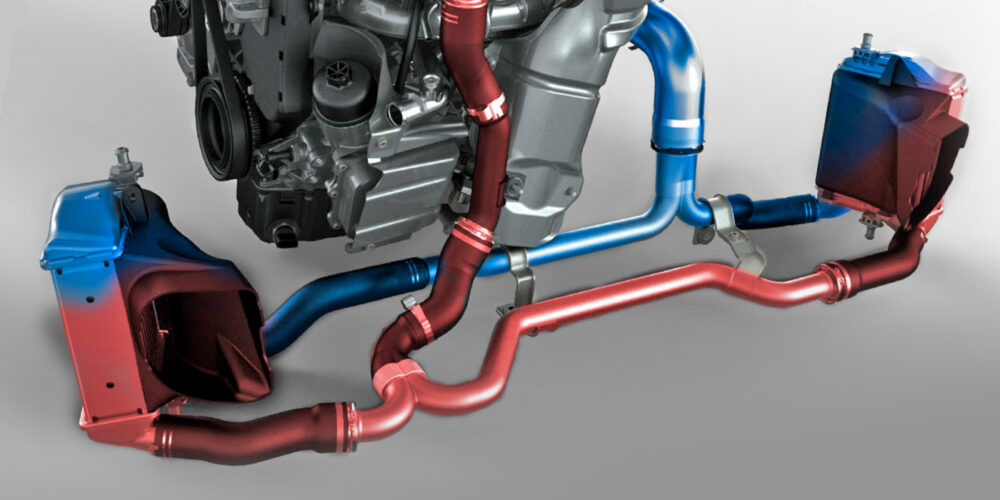Models:
1995-’99 Buick Riviera
1995-2004 Buick Regal
1995-2005 Buick LeSabre, Park Avenue
1997-2005 Buick Century
1995-2001 Chevrolet Lumina
1995-2002 Chevrolet Camaro
1995-2005 Chevrolet Monte Carlo
2000-2005 Chevrolet Impala
1995-’97 Oldsmobile Cutlass Supreme, Ninety Eight
1995-’99 Oldsmobile Eighty Eight
1998-2002 Oldsmobile Intrigue
1995-2002 Pontiac Firebird
1995-2003 Pontiac Grand Prix
1995-2005 Pontiac Bonneville with 3800 V6 Engine (VIN K – RPO L36)
Condition
Some customers may comment on an intermittent chuggle or fishbite on light acceleration or at steady-state highway speeds (typically 50-65 mph) with no PCM DTCs set. This condition may lead the technician to suspect the TCC circuit or torque converter.
Cause
This condition may be caused by intermittent operation of the Throttle Position (TPS) Sensor.
Correction
In observed cases, the Tech II is not fast enough to consistently detect this condition during a snapshot. It is recommended to use a DVOM set to the min/max recording mode. Connect the DVOM at the TPS connector (positive lead to the TPS feedback signal pin and negative lead to the TPS ground pin).
Duplicate this condition by driving the vehicle. If the voltage dropout (less than 0.45V) is recorded on the DVOM, replace the TPS sensor (P/N 24504798) and re-evaluate the vehicle before continuing with other driveability or transmission diagnosis.
Courtesy of ALLDATA.













